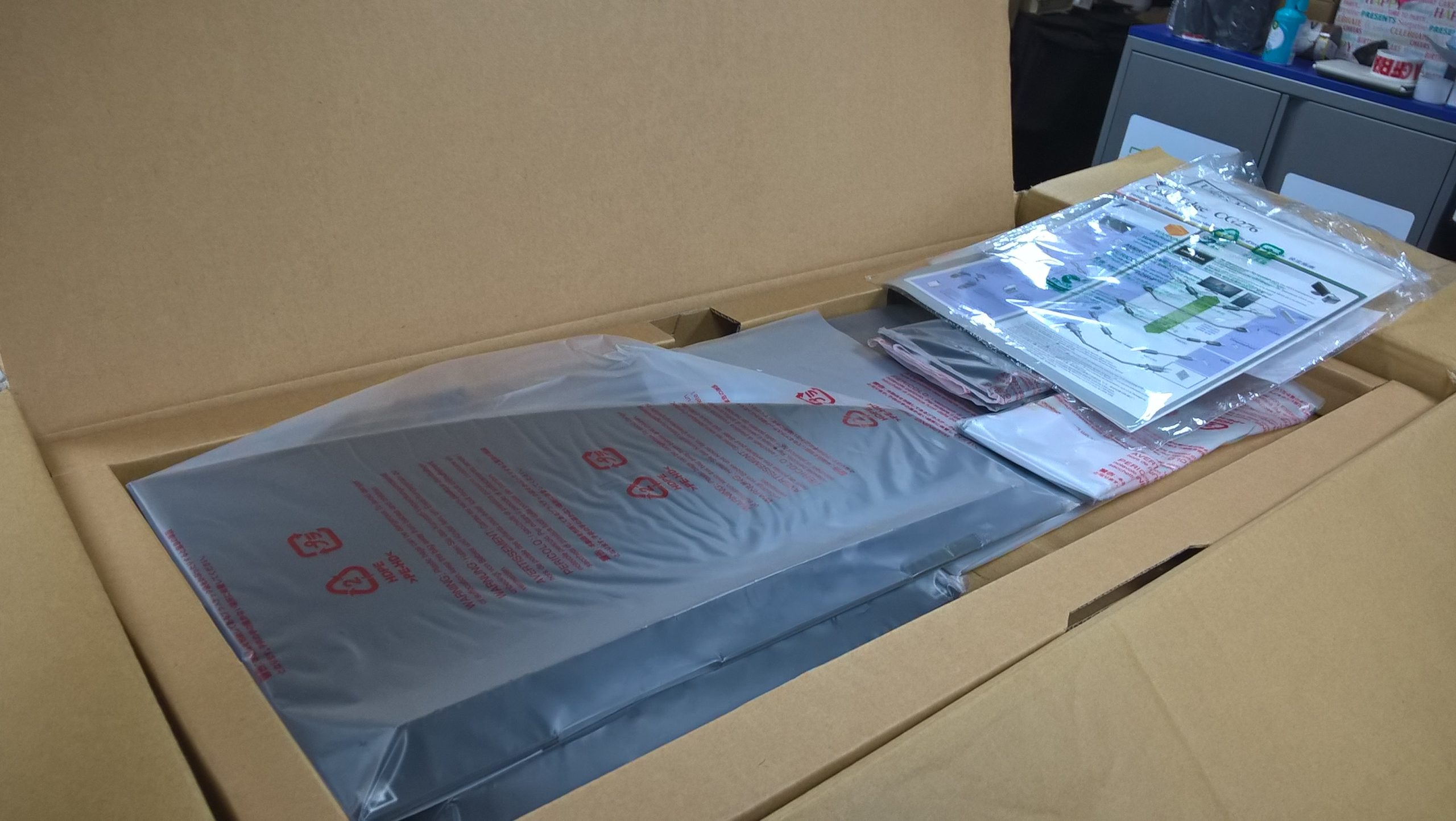Dealing with Trojan:Win32/Phonzy.C!ml: A Step-by-Step Guide
Recently, I discovered a concerning file on my computer labeled “Trojan:Win32/Phonzy.C!ml.” This file appeared in the Windows virus and threat protection alerts, raising immediate red flags about the security of my system. But when I attempted to remove it, the threat mysteriously disappeared from the list, leaving me with a message indicating “Remediation incomplete” and “Status: Failed.”
I found myself questioning whether this could still pose a risk and what actions I should take to resolve the situation effectively. Here’s a structured approach to addressing such a potential threat.
Step 1: Run a Full System Scan
First and foremost, I initiated a comprehensive scan using Windows Defender to uncover any additional malicious files or threats on my system. This is crucial as it helps identify if there are any remnants of the Trojan or other lurking malware that may have been overlooked.
Step 2: Utilize Additional Security Tools
While Windows Defender is robust, it’s prudent to complement it with a reputable third-party antivirus or anti-malware solution. Tools such as Malwarebytes, Bitdefender, or Kaspersky can offer enhanced detection capabilities and provide a deeper analysis of your system.
Step 3: Manual Inspection
In addition to automated scans, consider manually inspecting suspicious files and applications. Go through the list of installed programs in your control panel and remove any that you do not recognize or use. For the file specifically in question, search for its location on your device, which can sometimes give insight into its origins and whether it should be removed.
Step 4: Review Recent Downloads
Think back to any recent downloads or installations. Was there anything atypical? Sometimes Trojans can accompany downloads from untrustworthy sources. Deleting questionable files or applications can help prevent future infections.
Step 5: Keep Software Updated
Make sure your operating system and applications are up to date. Software updates often contain security patches that can help protect against known vulnerabilities exploited by malware.
Step 6: Backup Important Data
In any potential threat scenario, it’s wise to back up important files and data regularly. Having a clean backup means you can restore your system to a previous state should it be compromised without losing valuable information.
Final Thoughts
Encountering a Trojan like “Trojan:Win32/Phonzy.C!ml” can be alarming, but by
Share this content:



